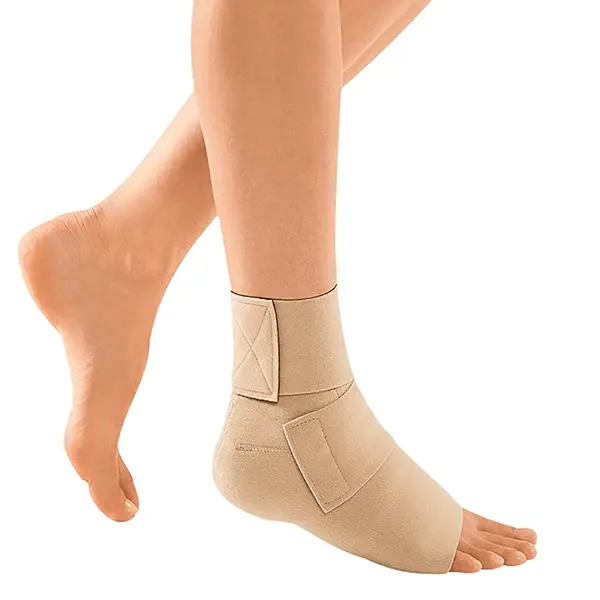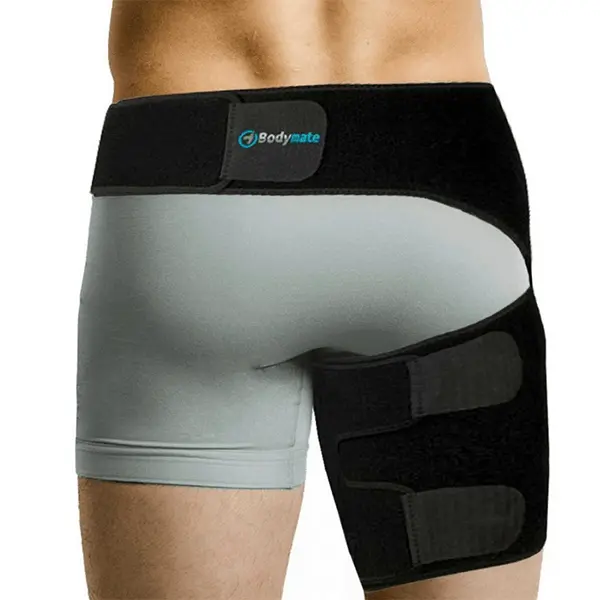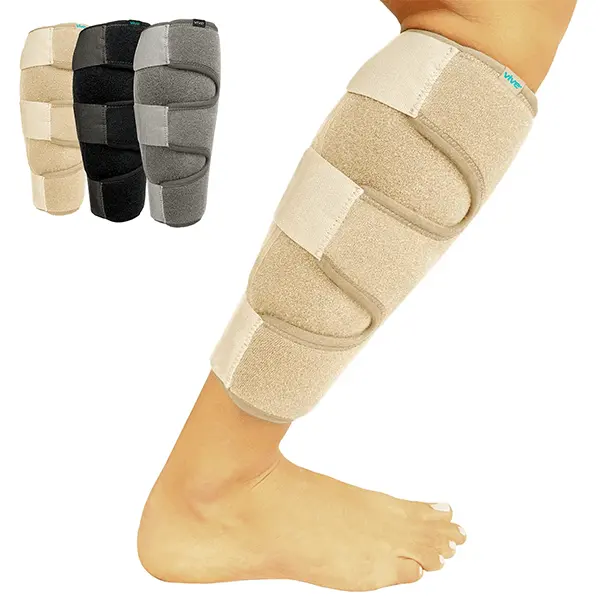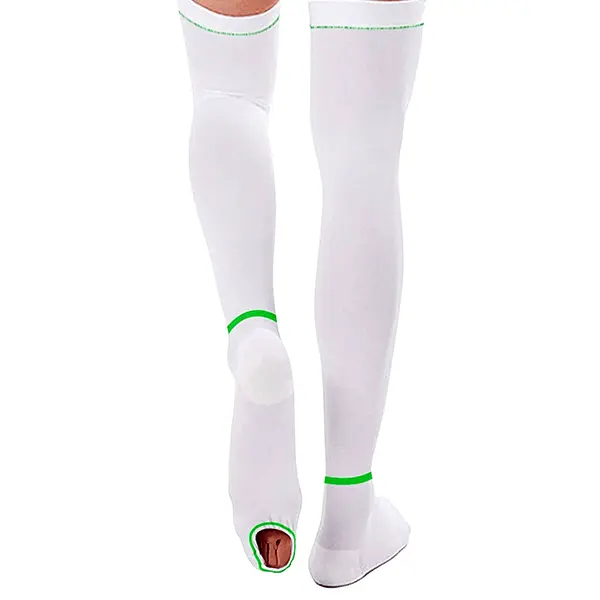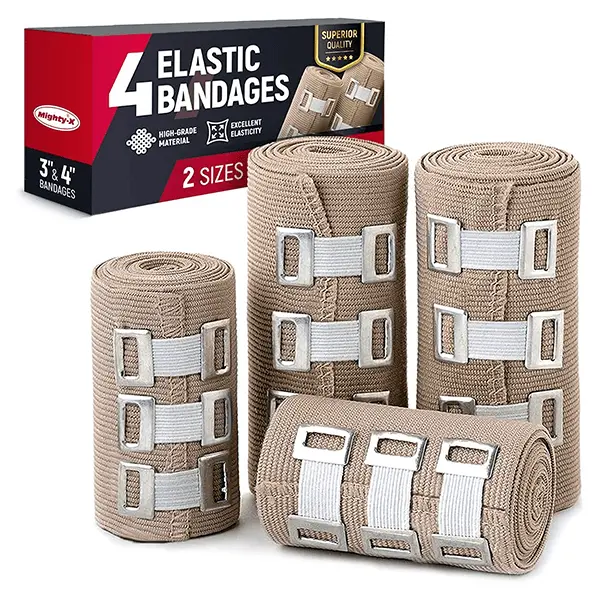Top 3 Picks!
There’s no doubt that compression socks are a great way to reduce swelling and decrease pain. However, they can be expensive and cumbersome to wear.
There are many alternatives to compression socks that you can use for reducing swelling or improving circulation in your legs. They’re not just for people who have chronic conditions such as varicose veins; even those without them may find these helpful.
Look out for which things you can use as an effective alternative to compression socks. If you don’t have any of these listed, make sure to check out our list of the handy alternatives below.
Best Compression Socks Alternatives
Compression wrap Covers
Compression wrap covers are used in place of compression socks. They’re not as effective as compression socks, and they don’t provide the same level of support or comfort, but they can be perfect if you have varicose veins or a varicose condition, both of which cause swelling in your lower leg.
These wraps are made from elastic material that is wrapped around the legs and fastened at one end with Velcro, allowing them to be adjusted to fit snugly against your skin. The fabric also has some stretch built into it, so it will eventually conform to its surroundings (or maybe even grow with them!).
Check out this compression wrap cover that we shortlisted for you:
Transition Calf Wraps
The Transition Calf Wrap is a simple product that works to keep your feet warm while they’re in transition.
It’s made of breathable material and comes in three different lengths: 7-inch (18 cm), 9-inch (23 cm), and 12-inch (30 cm).
If you wear compression socks all day long, this is the ideal alternative to them because they can be used while wearing other shoes as well! It provides support during exercise but also helps prevent blisters during walking or running.
Here is an decent quality transition calf wrap for you to check out:
Ankle-Foot Wraps
Ankle-Foot Wrap is a compression wrap that can be worn around the lower half of the leg. It is made of elastic material and can be worn on either leg.
The ankle foot wrap provides support for your ankles and feet, which will help reduce swelling, prevent injury, and improve circulation.
The most common way to wear this type of compression sock is by wrapping it around your lower leg at an angle of between 15-30 degrees off vertical (this means you’ll want to sit down if you’re using it while standing).
Here is a decent quality ankle foot wrap for you to buy.
Thigh Unit wraps
A thigh unit is a wrap that provides support for the thigh. It can be used in place of a compression sock and can help with pain and swelling, venous disease, and knee or ankle injuries.
The most common use for this type of bandage is to provide additional support during recovery from surgery or injury, but it can also be used as an alternative to compression socks if you want more coverage than what’s provided by standard athletic wear.
TED Hose/Anti-embolism stockings
Compression stockings are a type of compression therapy that helps to maintain blood flow to the lower extremities, especially during periods of rest or inactivity.
They are usually worn for prolonged periods and can be effective for people with diabetes who have leg ulcers or peripheral artery disease (PAD). Anti-embolism stockings can be used in place of some compression stockings.
These prevent blood clots from traveling through the veins by reducing swelling in your leg. If you’re looking for something more traditional than anti-embolism socks, then we recommend using an elastic compression stocking for swelling and pain relief.
Compression Bandages
Compression bandages are less expensive than compression socks, and they’re also easier to replace. For some people, bandages will work in situations where compression socks aren’t allowed or practical.
It’s important to note that bandages are not necessarily designed for the same purposes as compression socks; some people may find that bandages work better than others on their own body parts or specific conditions.
Rigid supports
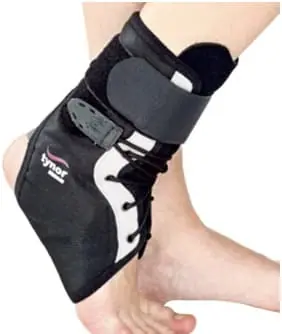
Rigid supports can provide the same benefits as compression socks. They need to be fitted to the person, and they may be uncomfortable or difficult to wear. A rigid support tends to be hard on your legs because it’s not flexible like a compression sock. You also have to keep track of when it’s time for laundry day so that you don’t forget about these things!
FAQs – Get More Answers Here!
When you’re looking for alternatives to compression stockings in summer, you have a lot of options.
The first alternative to compression stockings is knee-high socks. These socks can be worn under regular shoes or sandals and will help keep your feet cool and dry.
Crew Socks are another great option for the summer months. These are often made with cotton or bamboo fibers and come in a variety of patterns and colors. They’ll keep your feet cool while providing some protection against stains and moisture buildup during hot days.
No, regular socks do not offer the same level of compression as compression socks.
Compression socks are made from a special fabric that provides comfort, support, and protection for your legs. The daily wear will help reduce swelling and promote blood circulation. Compression socks help relieve pain and discomfort that can be caused by varicose veins, edema, venous insufficiency, and neuropathy.
Regular socks do not offer such relief and protection. An ideal compression level is 20-30 mmHg (millimeters of mercury).
Compression socks are a great tool to help with your recovery, but they can also be dangerous.
The main reason why you should not wear compression socks is because they can cause skin irritation. If you have sensitive skin, you should definitely avoid wearing these socks.
You should also not wear compression socks if you have diabetes or any other medical condition that affects your circulation.
Conclusion
We hope you’ve found this information helpful in your hunt for the alternatives to compression socks. You can use thigh wraps, calf wraps, and rigid supports based on your need, as they are considered best alternatives.
We think it’s important to note that not all of these options are appropriate for everyone, so do some research and talk to your doctor before making any changes in your lifestyle!
Also Read Our Compression Socks Reviews:



